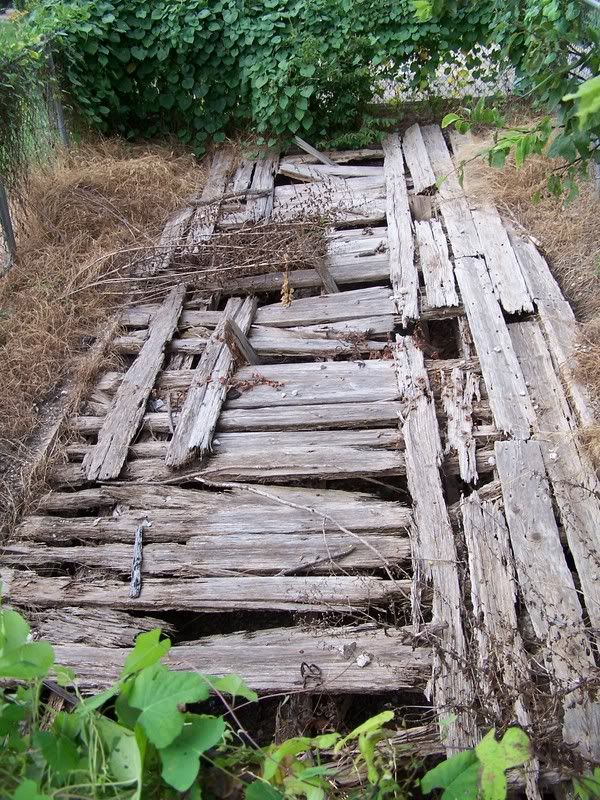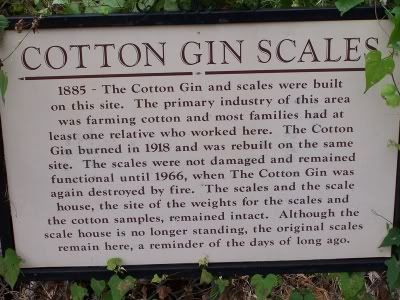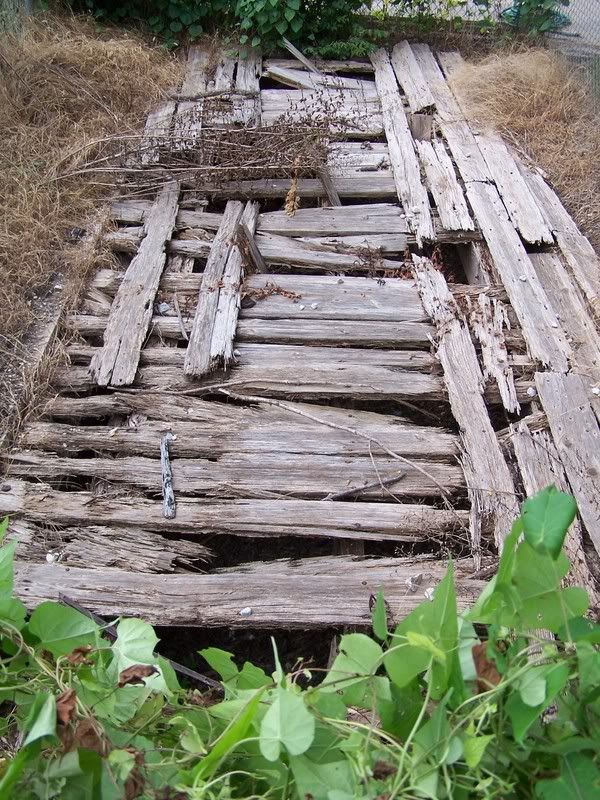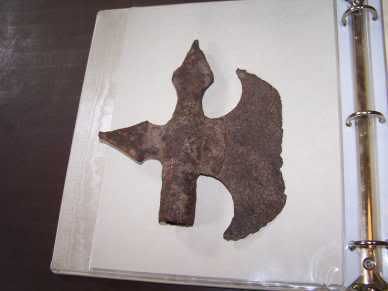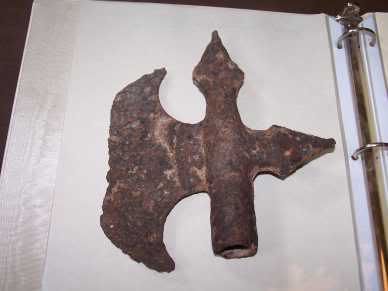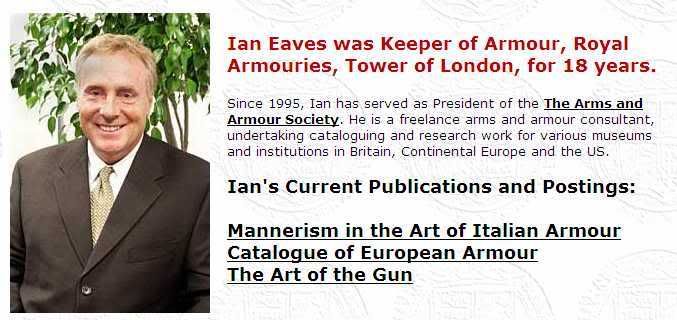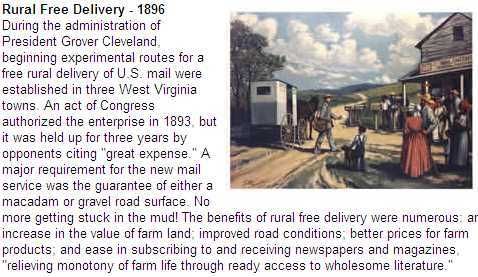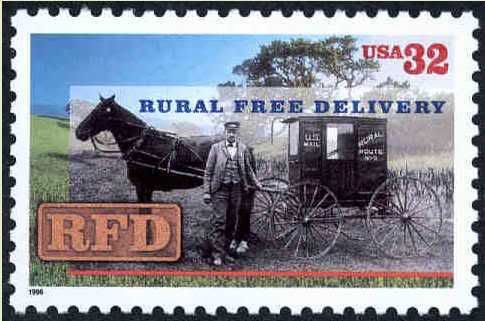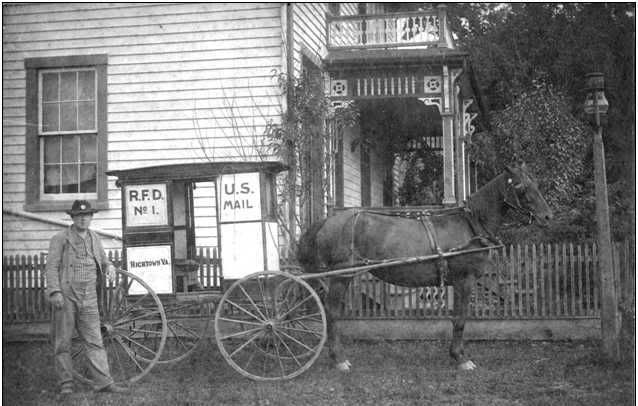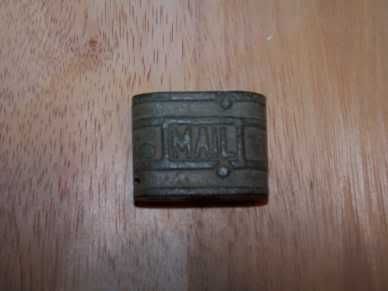 Katie Daffan
Katie DaffanThe
prolific Miss Katie Daffan was born on July 29, 1874, in Brenham, Texas, daughter of
Laurence A. and Mollie (Day) Daffan. Her father was an official of the Houston & Texas Central railroad. Miss Daffan was raised in Ennis. She died in Ennis on May 22, 1951 after being hit by a car the intersection of Dallas St and W Baylor in Ennis, Texas.
HERE IS A LIST OF HER ACCOMPLISHMENTS PROBABLY NOT ALL OF THEM. (SHE COULD HAVE USED A BLACKBERRY.)
She was a graduate of the
Corsicana class of 1890 ,also graduated from Hollins Institute in Virginia, was a special history student at the universities of Texas and Chicago, She taught elementary school in Ennis and San Augustine and high school history in Houston, served as principal of a girls' school in Dallas, and taught summer sessions in the normal schools of East Texas, first Vice President of the State of Texas Teachers Association,on the Texas State Text-Book Board, state secretary to the General Federation of Women's Clubs, the first president of the Houston Story Tellers Club, first vice president of the Texas Historical Society, superintendent of the Confederate Woman's Home in Austin in 1911 making her the first woman in Texas appointed to head a state institution, she wrote or edited around 7 books(some articles say 8), her book
Texas Heroes 
was adopted as a Texas school text book, She served five terms as president of the Texas Division of the United Daughters of the Confederacy,state historian of the Daughters of the American Revolution (1909-10),state secretary to the General Federation of Women's Clubs (1909), first vice president of the Texas State Historical Association (1912, 1913, 1914)she was a member of the Daughters of the Republic of Texas,a charter member of Houston Pen Women, a board member of the Houston Public Library (1904-29),charter member of the Houston Board of Recreation (1922-29), first president of the Houston Storyteller's Club (1922-29). twice appointed sponsor for Texas to the General Confederate reunions and in May 1913 was appointed sponsor for the South to the General Confederate Reunion held in Chattanooga,Tennessee-the highest social honor conferred upon a woman of the South, hostess for Texas at the 1904 World’s Fair in St. Louis, ,She was also secretary for life of Hood's Texas Brigade, in which her father had served,Daffan was literary editor of the Houston Chronicle(7 year term),president of the Texas Women’s Press Association,delivered the welcome address that formally introduced Pres. William Howard Taft on his official visit to Houston in 1909, ran three times for public office, came close to winning a seat in the Texas House of Representatives in 1922, campaigned for Governor of Texas in 1930,and feature columnist for the Ennis Daily News from 1936 to 1950.
HER BOOKS:wrote or edited New Orleans (1906), Woman in History (1908), My Father as I Remember Him (1908), The Woman on Pine Springs Road (1910), As Thinketh a Woman (poems, 1911), Texas Hero Stories (1912), History of the United States (1924), and Texas Heros (1924) Yeah,it almost seems impossible someone could be that prolific. She was the definition of prolific and a trailblazer for the modern woman.
She did marry in 1897 but it was short lived. In fact she came back from her Honeymoon alone. It never was known the true reason for the marriage's failure. Her Husband Mann Trice, assistant attorney general of Texas, went all out for the wedding which took place at the Daffan House on Dallas street in Ennis. He had a red carpet placed at the train station before they went off on their honeymoon. It seemed it was off to a great start. Latter people have speculated this marriage failure to her questionable sexual orientation. But this could be dismissed by those who knew her that said she never got over Mr Trice. Seems more probable that her social activities and independence were not what Mr. Trice expected of his wife and realized it would never work.
Here is a recollection of
Mr. George Graves, Jr. who is a long time resident of Ennis and has a deep heritage in Ennis. You can see that in her later years Miss Daffan became a more eccentric character through his personal encounters as recalled in the Ennis Daily New's Story.
"Graves remembers many local personalities from Ennis’past. A boarder with the redoubtable “Miss Katie” Daffan in 1948, he once put out a fire caused by a water heater in the well-known author’s house on Dallas St. and won her heart. But he said that the eccentric Daffan soon forgot his heroism and in order to redecorate the upper floors of her home, practically threw him out of his room."
Mr Graves' son,
Kevin Graves, recalled his fathers' stories of Miss Daffan in more detail on his Kevboy Flikr web-site.
"Another aside to this woman. My Dad was rooming in this house when his sister and children moved back home, he moved out to give them room. Dad said the old boiler in the house was red hot and the wallpaper was scorching. He turned it off. She exclaimed "Oh, Mr. Graves! You have saved my beautiful home!....I shall forever be grateful to you!" Three weeks later, she told he and another border they had to move because she was having the house papered. She made the paperers paper around all the photos and paintings on the wall, because her mother had hung the pictures and they had never been off the walls. Dad said the paperers waited till Miss Katy left the house and went right ahead and took the photos down and papered under them, knowing SHE would never take them down to check. Three weeks later, Miss Katie saw my Dad in town, and chirped "you room is ready for you, Mr. Graves. Mr. Graves had found other accommodations. Miss Katie was quite the character. She would walk into the Post Office and buy whatever she wanted and say "put those on my account". The bewildered clerk would say "but Miss Katie, no one has an account at the post office! Overhearing, the Postmaster, Mr. Barney would yell, "CLERK, put those on Miss Katie's account as she told you". Of course HE was paying for it. She got a lot of mileage out of being eccentric."
Kevin elaborates on her death and the Daffan house destruction.
"Tragically, Miss Katie was run down by a car in front of" her "house on her late night coffee run." "Her nightly haunt."

N 32 19.661 W 096 37.659
HISTORICAL MARKER TO RECOGNIZE MRS KATIE'S LIFE AND DEATH.What Katie's Historical Marker says:
"Katie Daffan
July 29, 1874 - May 22, 1951
Location: Pierce Park, Northwest Main Street, Ennis
Born in Brenham, Katie Lilly Daffan was a well-known author, educator, journalist, and club woman. She began her career as a teacher and was an officer of the Texas State Historical Association. She wrote several books, including a Texas history textbook. Active in the United Daughters of the Confederacy, she served from 1911 to 1918 as superintendent of the Confederate Woman's Home in Austin. She was Literary Editor of the Houston Chronicle from 1921 to 1928. Miss Daffan taught school in Ennis and was feature columnist for the Ennis Daily News 1936-1950. She died here in 1951. [Recorded Texas Historic Landmark Texas Sesquicentennial 1836-1986] "

"The house was sold and in 1962." "It was sadly razed in 1960 when Safeway went in." "Nothing was taken out of the house. I remember seeing the wrecking ball tear it down."
Kevin was only 5 but remembered thinking "why?" did they take down the house.

THE ABANDONED SAFEWAY 302 N DALLAS STREET
Kevin has a great picture on his "Flikr" account that his Dad, Mr George Graves Jr., had taken in 1938. Mr Graves and his cousin had climbed the old grain elevator in Ennis. It is across from the Sonic and behind the Diamond Shamrock today. If you run your mouse across the picture the picture will highlight the Daffan house on N Dallas street. The picture can be found
here.

HISTORICAL MARKER VIEWED FROM WHERE THE APPROXIMATE LOCATION OF WHERE HER HOUSE WOULD HAVE BEEN. MAYBE A HUNDRED TO A HUNDRED FIFTY YARDS AWAY
------------------------------------------------------------------------------------------------------
Ennis Daily News Special History Edition Feb 29th 2008Get a copy of the Ennis Daily News paper from 02/29/2008(leap day) it has great detail into Katie Daffan's life. Managing Editor, Randy Bryan Bigham, is writing a book about Katie Daffan and if not by know will be the authority on her life. Randy also informed me that the Ennis Library has a wealth of Katie's material that includes literature and pictures. Randy is even getting to know her little quirks like how she always used two cups to drink her coffee. She would pour her coffee back and forth from one cup to another until it cooled down. In the Feb 29th article it gives a good detail into Katie's Death. It goes on to tell how Katie had left Miss Pearl's cafe at 3 am May 17, 1951 to return home.

(Picture is of old Interurban Station at the corner of W Baylor and Dallas St. Probably looks similar to what it did in 1951. Interurban had been shutdown for 10 years when Katie was killed)While crossing W Baylor on Dallas St she was ran over by Vesta McClain. Miss Katie died of her wounds 5 days later at the local hospital on May 22, 1951. Vesta was charged with manslaughter but charges were dropped. I've heard that Katie's family believed that Katie would not have wanted Vesta McClain charged with her murder.
I have always told people that a play should be made about Miss Katie and thought to mention this to my Mother's close friend PJ Searsy who runs the
Waxahachie Community Theater. Well apparently a
Mrs Sandra Wakefield of Ennis is planning to take on the eccentric Katie in a one woman play. The play should open within a year. It is to raise money for the historic archives of the Ennis Public Library. Read more of the Ennis Daily News article at the above Sandra Wakefield link.
Miss Katie's burial site is located in the Myrtle cemetery in Ennis, Texas. Within in a mile from the location of her house and the site of her death.

This emblem is on Katie's tombstone.
Daffan Family grave pictures
Daffan Family grave site pictureAnother Daffan Family grave site pictureKatie Daffan grave stone flatKatie Daffan tombstone vertical


 Built 1889.
Built 1889. 


























